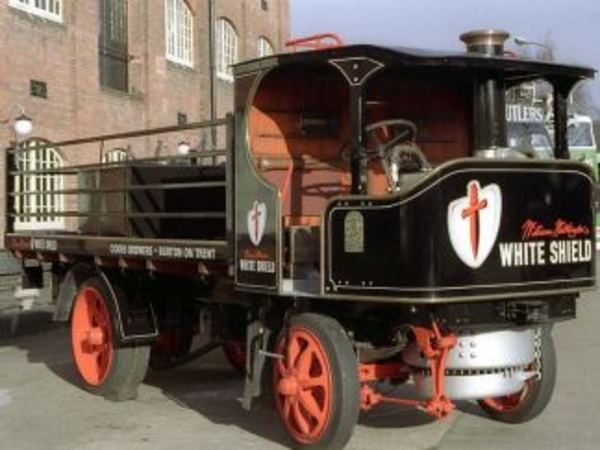Unesco: take a look at Britain's heritage
Added: Wednesday, January 25th 2017

If you love beer it’s a racing certainty you adore the beers of Belgium. The range is staggering and includes ales brewed by Trappist monks, “wild fermentation” lambics, spiced wheat beers, sour red ales and dozens more that could fill my allotted space. The sheer diversity of Belgium’s bibulous store house was acknowledged in December when UNESCO declared the country’s beer culture to be “a treasure of humanity”.
Without waving the Union flag, perhaps the good people at UNESCO might take a look at Britain’s contribution to beer culture and history, too. We have a lot to offer. At the beginning of the 18th century, London brewers developed a beer that took on the nickname of porter as a result of its popularity with the small army of porters working the streets, markets and docks of the capital. The strongest version was called stout porter, later reduced to just stout.
The demand was so insatiable that it outstripped the ability of small brewers, mainly publicans, to produce sufficient quantities. Bigger commercial enterprises, such as Sam Whitbread’s, using the new technologies of the industrial revolution, rushed to fill the gap. As a result, porter and stout created the first major commercial brewing industry in the world.
A century later pale ale and India Pale Ale burst on the scene. Again the industrial revolution was the driving force. The production of coke on a large scale meant malt could be kilned over a new type of fire. Previously, wood had been used and the result was brown malt. But coke enabled brewers to use lighter coloured malt and the result was the first pale beers brewed anywhere in the world.
At that time lager beers in central Europe were dark, as a result of using wood-cured malt. Brewers from Munich and Vienna hurried to Burton-on-Trent to see how pale beer was made and returned home to fashion golden lagers. In Pilsen in Bohemia, now the Czech Republic, the Pilsner Urquell brewery – the name means Original Pilsner -- imported a malt kiln from England to create their beer.
IPA disappeared below the radar for most of the 20th century but is now the buzz beer of the moment. Scores of brewers in the United States and the UK are making modern interpretations of the style, zinging with wonderful aromatic hop aromas and flavours. (Pictured: a White Shield delivery van at the National Brewery Centre in Burton-on-Trent: it was brewed in the 19th century by William Worthington, is still in production and is a powerful link to the original IPAs.)
The style has spread its wings. I have encountered IPAs in Australia and New Zealand, not surprising given the links with the Old Country. But would you expect to find them in France, Italy, Japan, Poland and Russia? The answer is a resounding Yes. A great British beer is back from the dead and entrancing drinkers in just about every beer-making country in the world.
The inspiration for IPA came from even older British beer styles, such as October Beers and Audit Ales. These were beers made from the first malts and hops of the autumn harvest and then aged in oak for months and even years. Audit Ales date back to the 14th century and were consumed at dinners in colleges in Cambridge and Oxford to celebrate the annual audit of the accounts.
Last October, I joined Keith Bott of Titanic Brewery at the White Horse Brewery in Oxfordshire, in which Titanic has a stake, to brew our version of the style.
It was not a complex beer: pale and crystal malts and Fuggles and Goldings hops, with a finished strength of 7.2%. It’s now quietly ageing in wood and will be unveiled in Oxford in April, audit time.
Perhaps someone from UNESCO would care to join us.
*Print version SIBA Journal, winter 2017.






